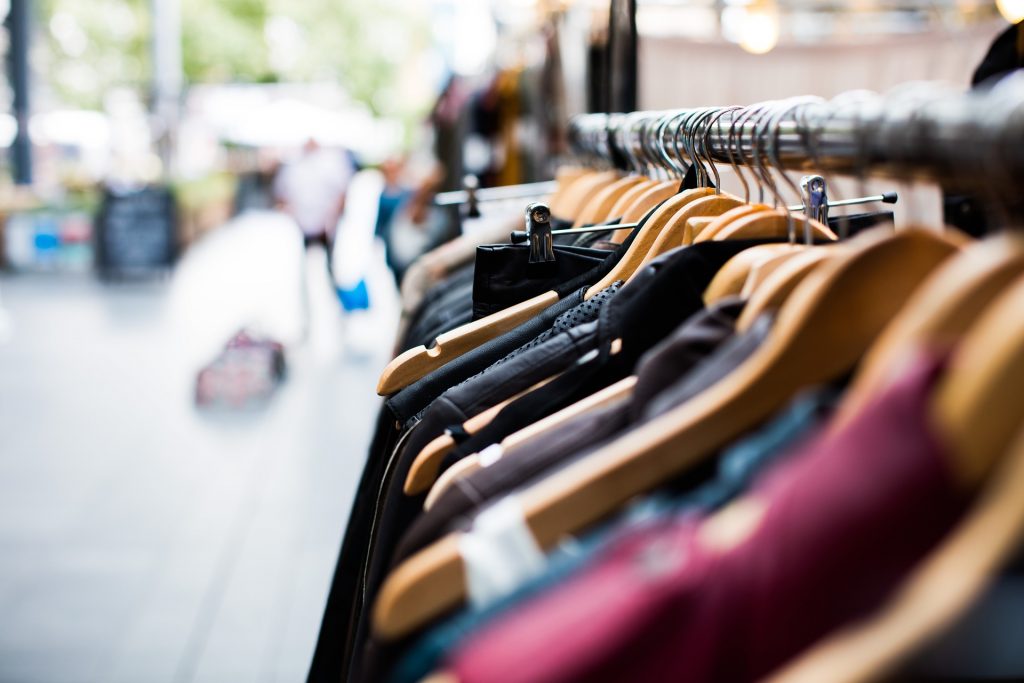
This piece was done after our interview with a garment factory on exactly how clothes are made. They’ve even gone above and beyond to help us determine what needs to be done for your to make the ultimate design of your dreams. In the fashion world, all you’ll really ever need is some fabric and your paper patterns. So read on as we dive into our trip with a superstar Northern European clothing manufacturer.
If you’re new to the industry then getting started can be quite a challenge. Most of the time, working in a clothing factory becomes quite frustrating due to the lack of flexibility and constant delays. All of these and more are easily fueled when requests are put in at the very last minute. So, be sure to look out for our complete guide on how you can get started with a manufacturer.
1 – Patterns: Paper Vs Digital
On the inside scoop, the manufacturer instantly noted that our patterns even though they were lovely, they would need to be digitised at some point. This was because some things can only be done in the digital world. However, in modern society, digital sewing patterns on softcopy vs paper makes much more sense.
The manufacturer then went on to show us how his specialist could easily turn paper patterns into perfectly digitised copies with a digitised. In essence, the large board easily allowed the pattern to be inputted into the system via specially designed software. The pattern parts were then paced around with a neat hand-held contraption that proceeded to take snapshots.
Since dots surrounded the entire pattern the snapshot was taken for each piece. After the process was completed, it was now perfectly digitised. However, this can be quite time consuming for garments that have tens of panels. Ladies leather gloves.
2 – Sorting Out The Patterns After Digitising
With this new and innovative system, rough or even edges can be easily sorted out in the new digitised system. In the case of our pattern, there was a slight roughness that could be easily fixed on a digital copy. When pattern makers work with these types of design, they can easily deconstruct and reconstruct designs with ease.
However, all measurement adjustments can be tracked and even visualized as needed in real-time. If ever you need to perform size grading this can also be done with the software once product samples are approved.
3 – Lay-Plan: Getting The Patterns Read For Production
At this part of the process, the patterns are ready to be printed on a device known as a plotter. However, before this can be done the specialist within the factory should properly create a lay-plan. This just simply means that the pattern blocks need to be arranged in a special order.
This process requires consideration of the roll width, the length of the fabric and the number as well as sizes of items that need to be produced. Since the factory had all of the design within the system, the entire process could be carried out very quickly. The lay-plan software then proceeded to determine the best layout for the patterns based on the number of pieces that were requested.
While the software did an exceptional job, there was still some room for better precision. Also, the software did a great job at determining the best position to maximise the size of fabric that was being used.
4 – Cutting The Fabric
Cutting was the final step in the process and it involved the workers cutting our newly pre-compiled plan. The patterns were then set on the fabric where they stuck without complications. As the process ended, we saw that the basics were hand-cut while the rest were taken care of using specialised machinery.